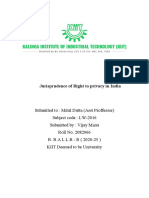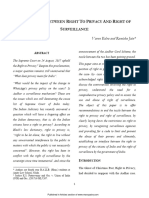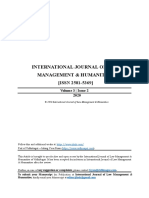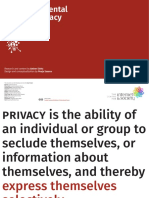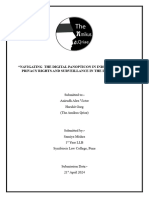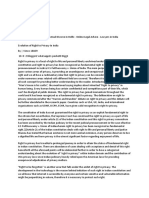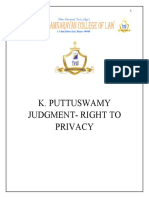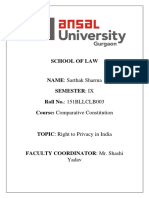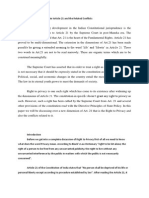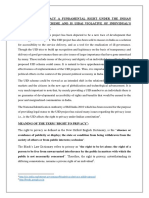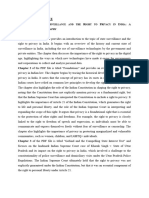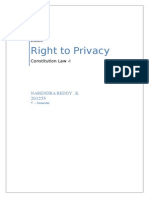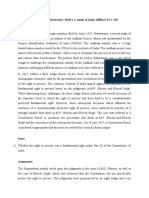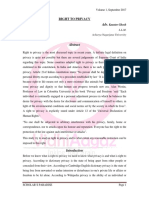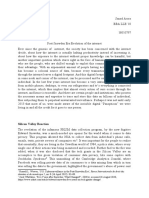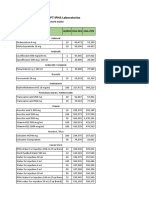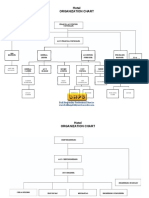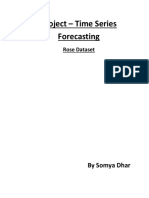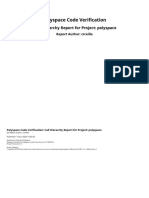0% found this document useful (0 votes)
133 views8 pagesIndia's Data Privacy Revolution
The document discusses the Right to Privacy judgement in India. It summarizes that the judgement recognized privacy as a fundamental right, with informational privacy being a key aspect. It also describes how the judgement overturned previous rulings and established privacy protections under Articles 21 and 19 of the Indian Constitution. Additionally, it discusses the various types of privacy defined in the judgement, with informational privacy being especially relevant for data protection.
Uploaded by
Sanad AroraCopyright
© © All Rights Reserved
We take content rights seriously. If you suspect this is your content, claim it here.
Available Formats
Download as DOCX, PDF, TXT or read online on Scribd
0% found this document useful (0 votes)
133 views8 pagesIndia's Data Privacy Revolution
The document discusses the Right to Privacy judgement in India. It summarizes that the judgement recognized privacy as a fundamental right, with informational privacy being a key aspect. It also describes how the judgement overturned previous rulings and established privacy protections under Articles 21 and 19 of the Indian Constitution. Additionally, it discusses the various types of privacy defined in the judgement, with informational privacy being especially relevant for data protection.
Uploaded by
Sanad AroraCopyright
© © All Rights Reserved
We take content rights seriously. If you suspect this is your content, claim it here.
Available Formats
Download as DOCX, PDF, TXT or read online on Scribd
/ 8






